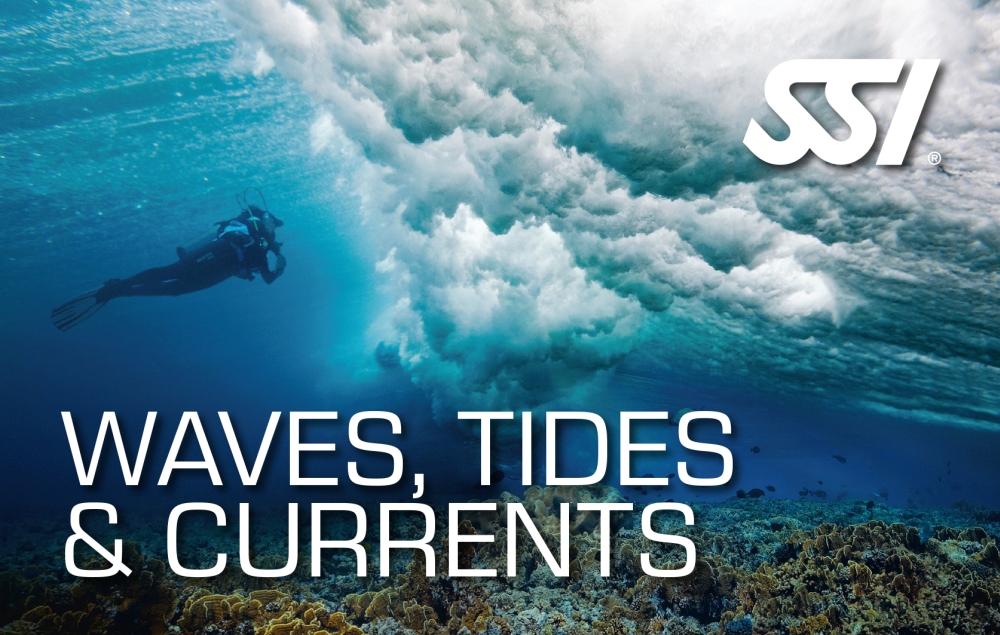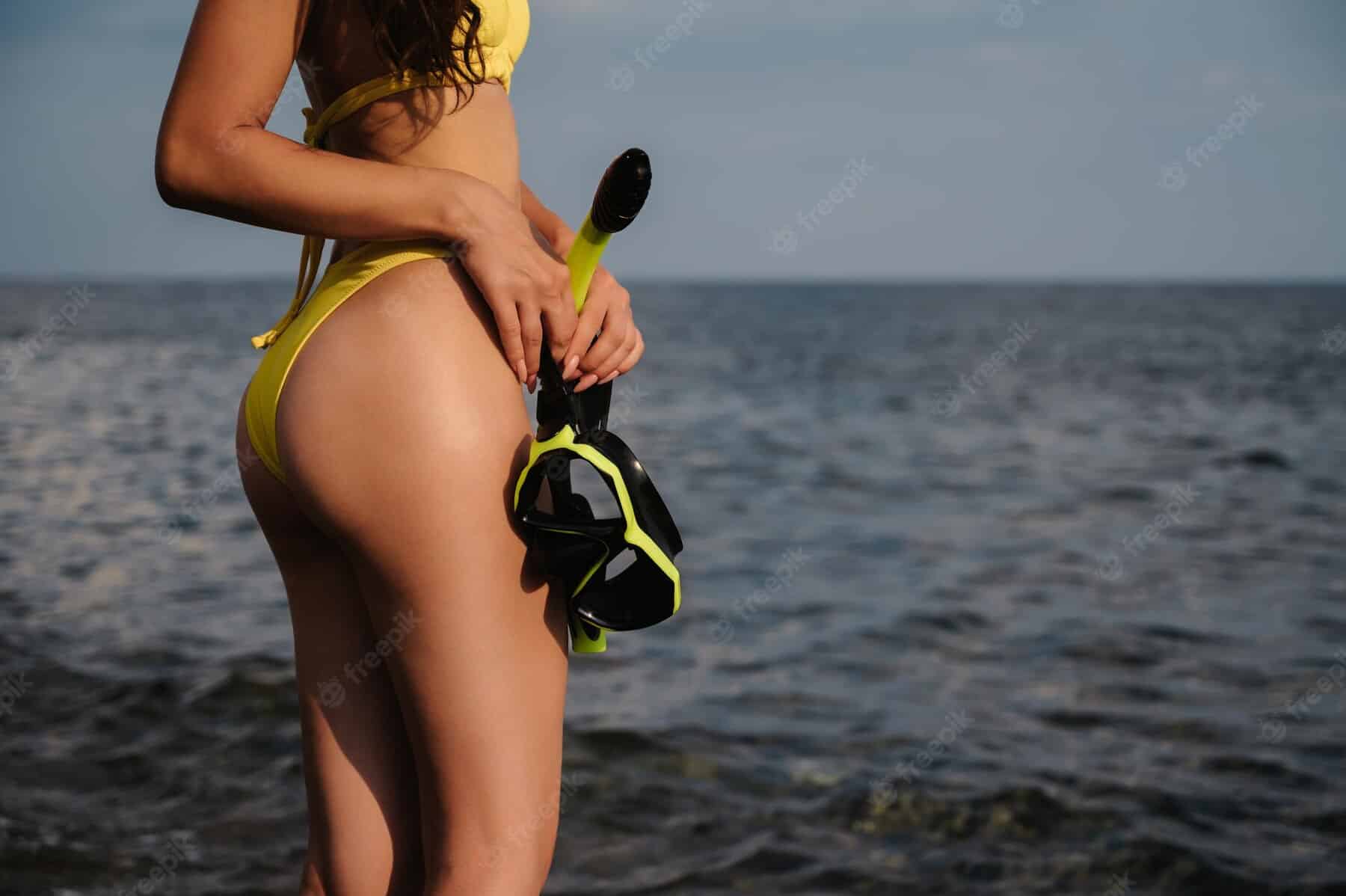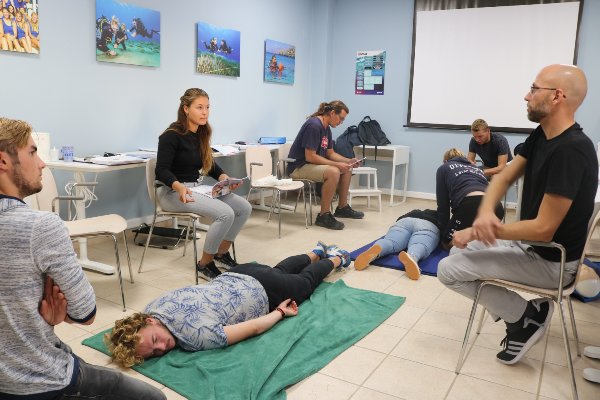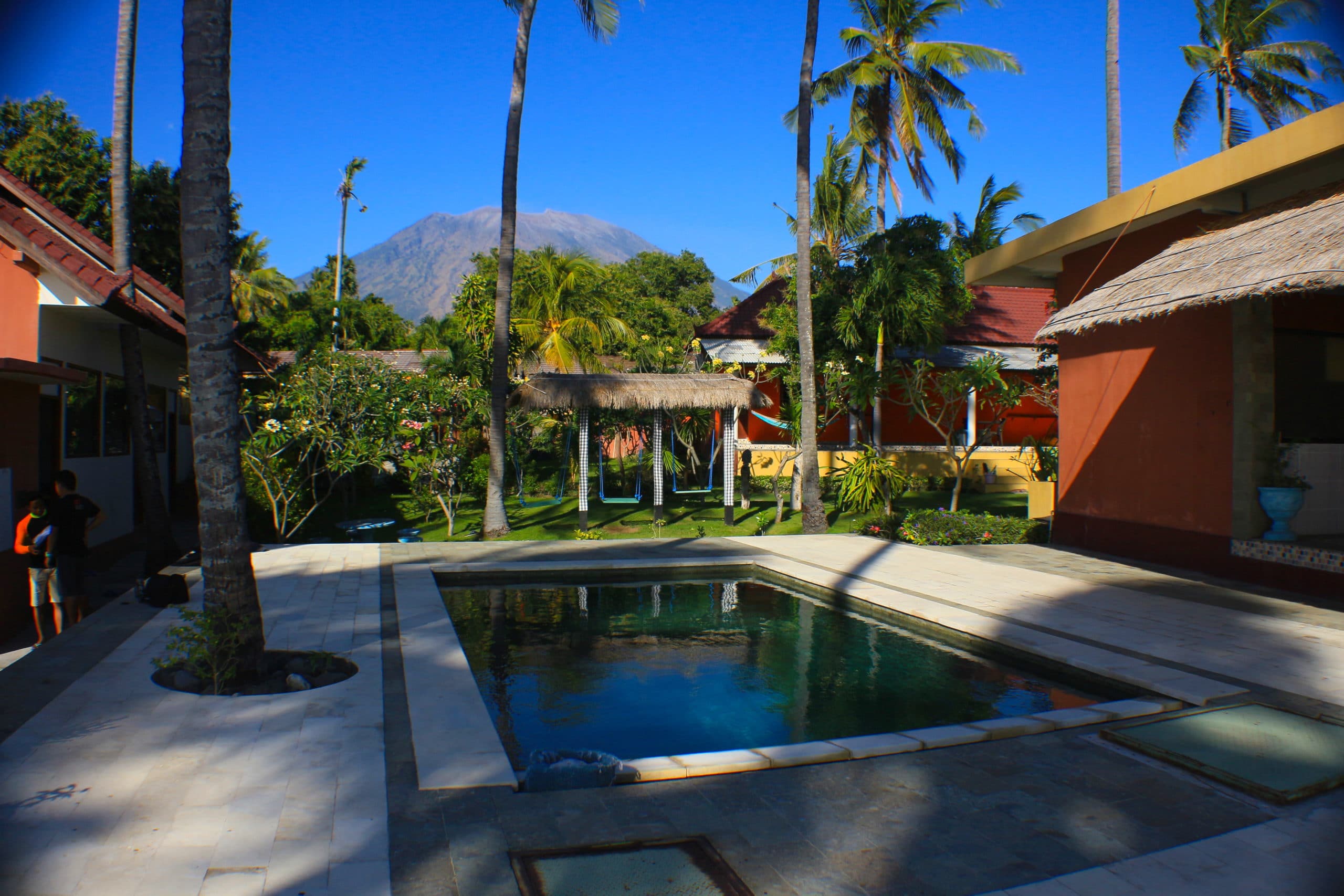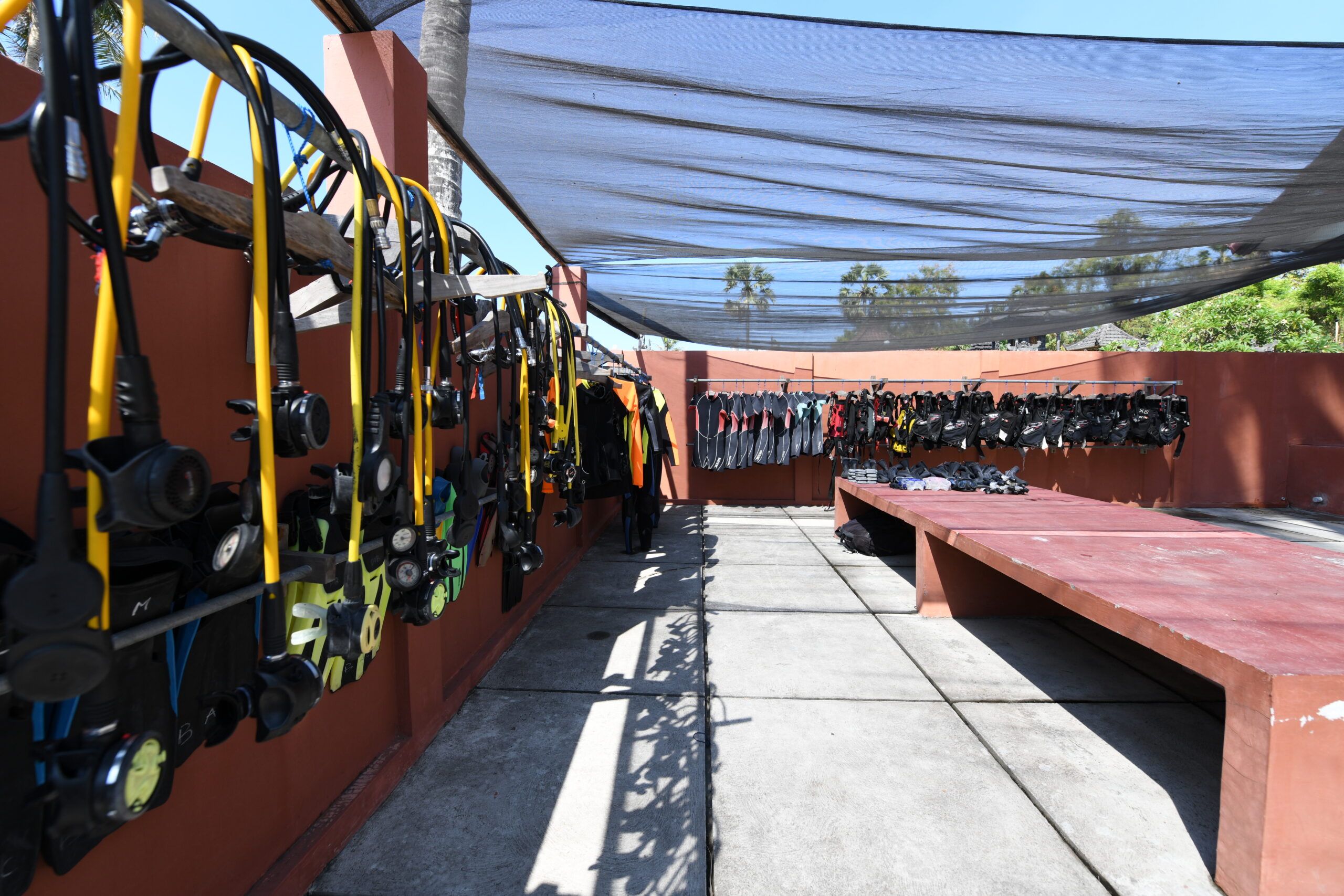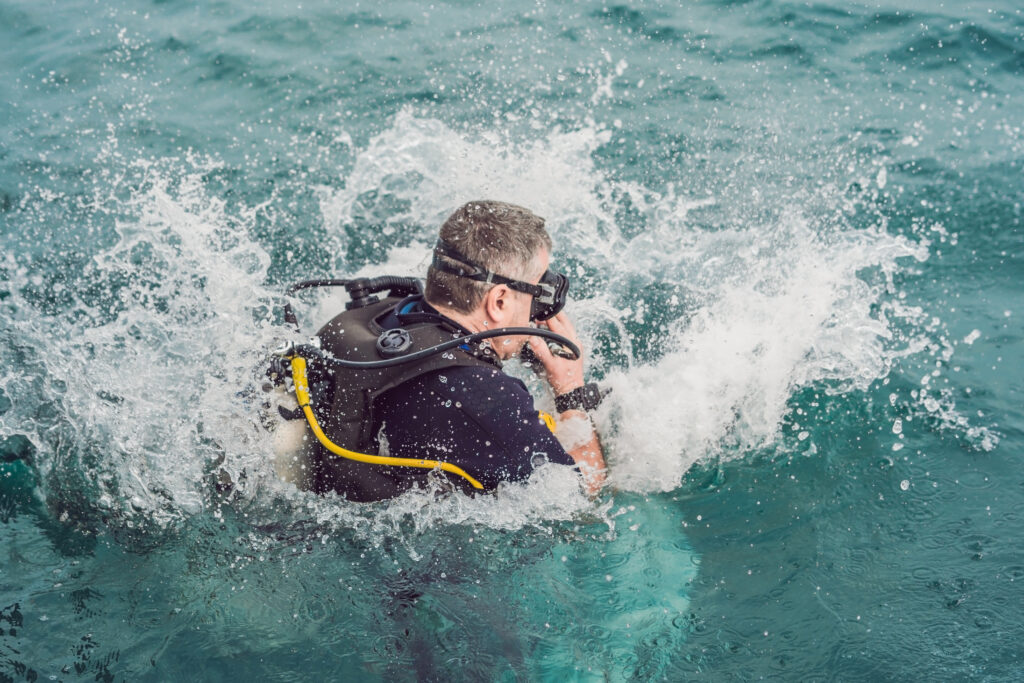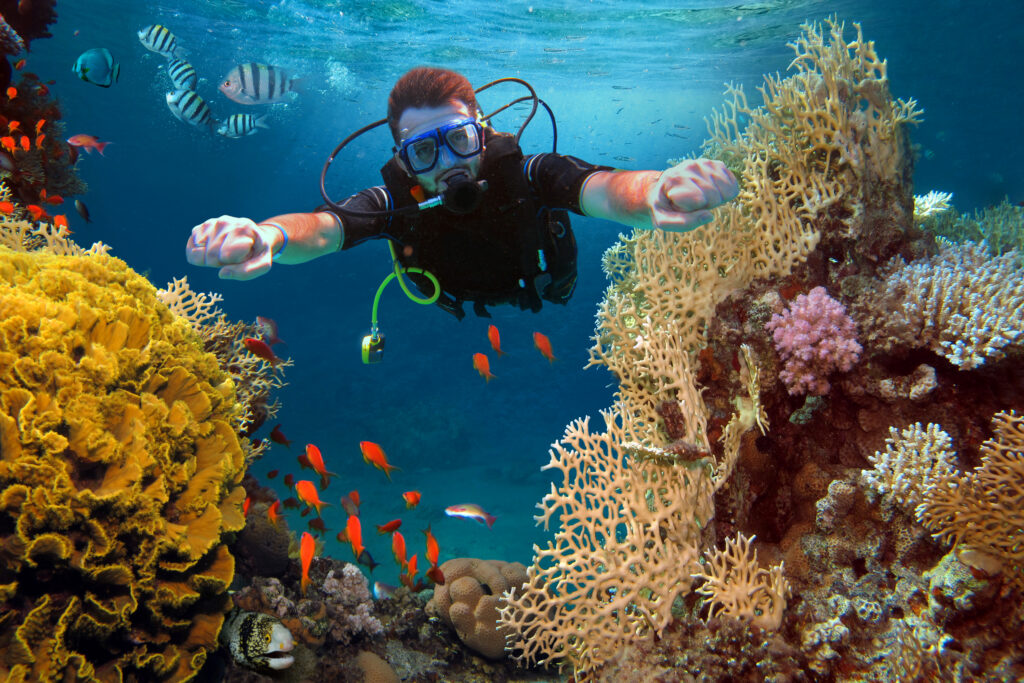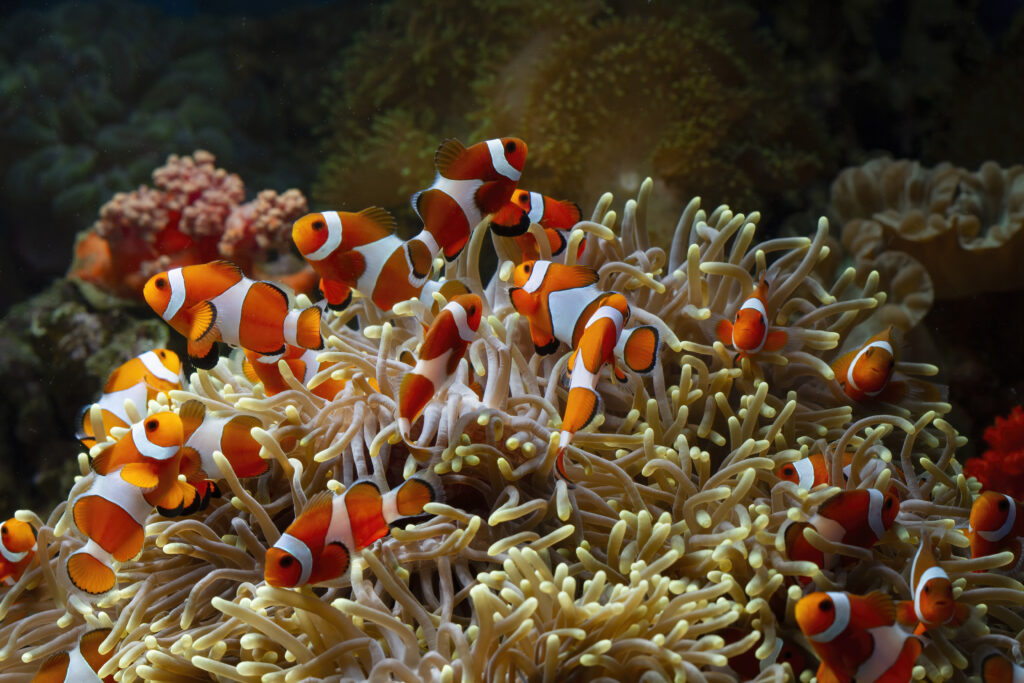Divers who want to learn more about waves, tides and currents should take the SSI Waves, Tides and Currents Speciality (Bali) course. This course will teach divers how to identify and safely navigate different types of waves, tides and currents. The course is also a great way to learn more about the underwater environment and how it is affected by these natural phenomena.
1. Learn about ocean tides as a scuba diver.
Tides are caused by the gravitational pull of the moon and the sun on the earth. The earth’s rotation creates waves that travel across the ocean. These waves are called tides.
Tides can be affected by the wind, the moon, and the sun. The wind can cause waves to form in the ocean. The moon’s gravitational pull can cause the ocean to bulge, creating high tide. The sun’s gravitational pull can cause the earth to bulge, creating low tide.
2. What is ocean waves and what causes it?
Ocean waves are caused by the wind blowing across the surface of the water. The wind transfers energy to the water, which then creates waves.
3. The difference between ocean current and ocean waves.
Ocean waves are created by wind blowing over the surface of the water. The wind transfers energy to the water, which then forms waves. The size of the waves depends on the strength of the wind, the distance the wind has blown over the water, and the fetch (the distance over which the wind blows in a single direction).
Ocean currents, on the other hand, are created by a variety of factors, including wind, the Coriolis effect, and differences in water density. The wind can cause currents at the surface of the water, but the Coriolis effect can cause currents at all depths. Differences in water density can also cause currents, as denser water sinks and less dense water rises.
4. Planning dives considering ocean tides, waves and current.
The SSI Waves, Tides and Currents Specialty (Bali) is designed to help divers plan their dives considering the ocean tides, waves and current. By understanding these forces, divers can better plan their dives to avoid being caught in a strong current or being swept away by a large wave. The course also covers how to use tide and current tables to plan dives, and how to interpret weather reports to forecast conditions.
5. Steps to take in the event of diver buddy seperated.
1. If you and your buddy become separated, the first thing you should do is stop and look around. Try to orient yourself and determine which way you are swimming.
2. If you see your buddy, signal to him/her to swim towards you.
3. If you do not see your buddy, swim in a large circle and continue to look for him/her.
4. If you still cannot find your buddy, return to the surface and ask the dive instructor or boat crew for help.
